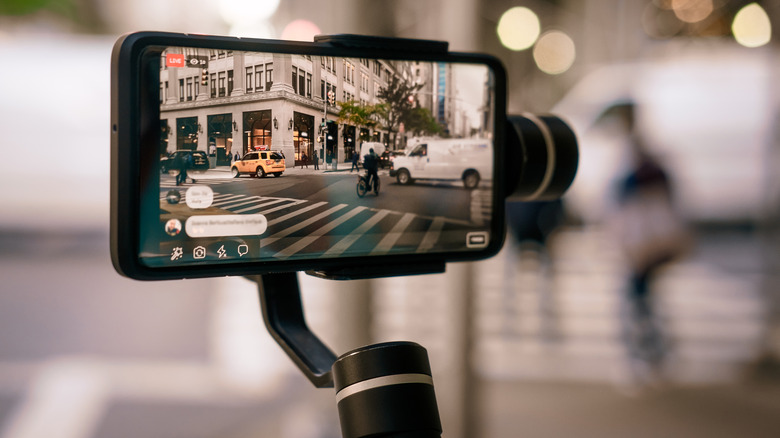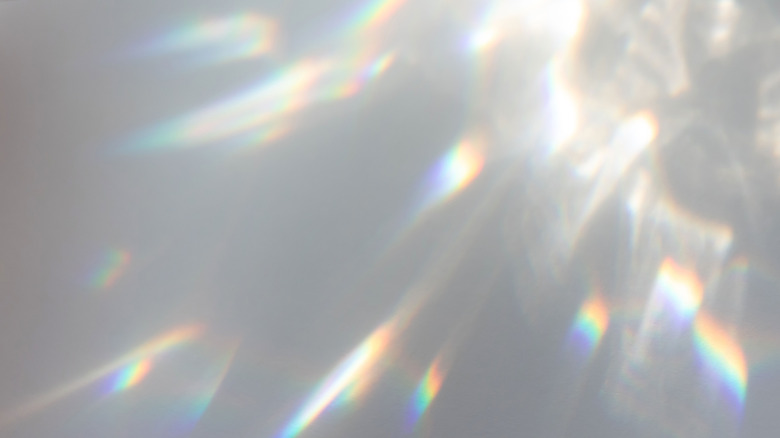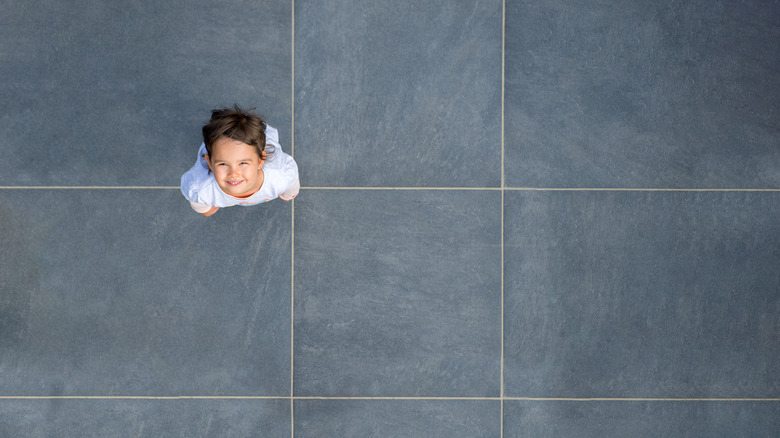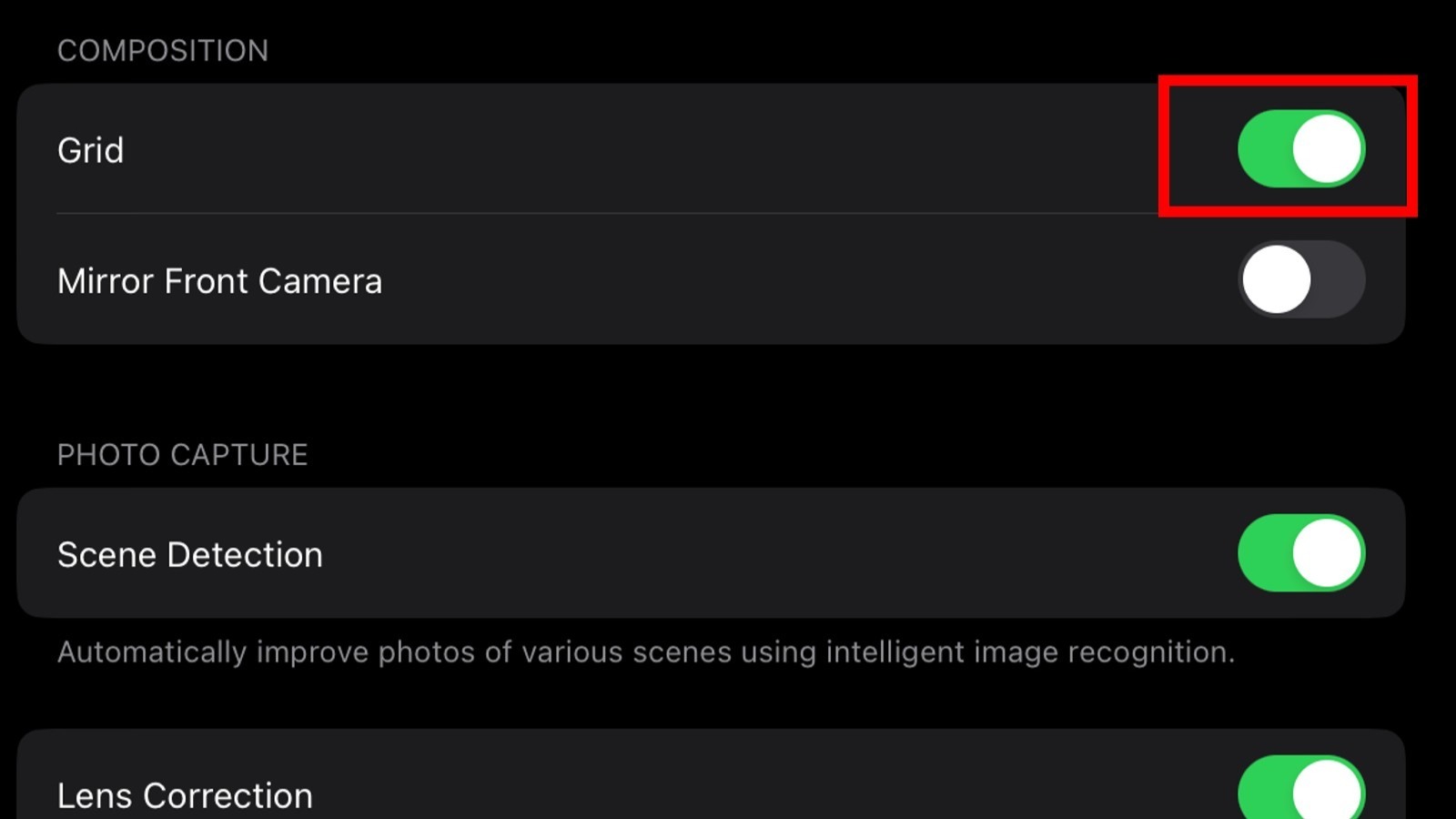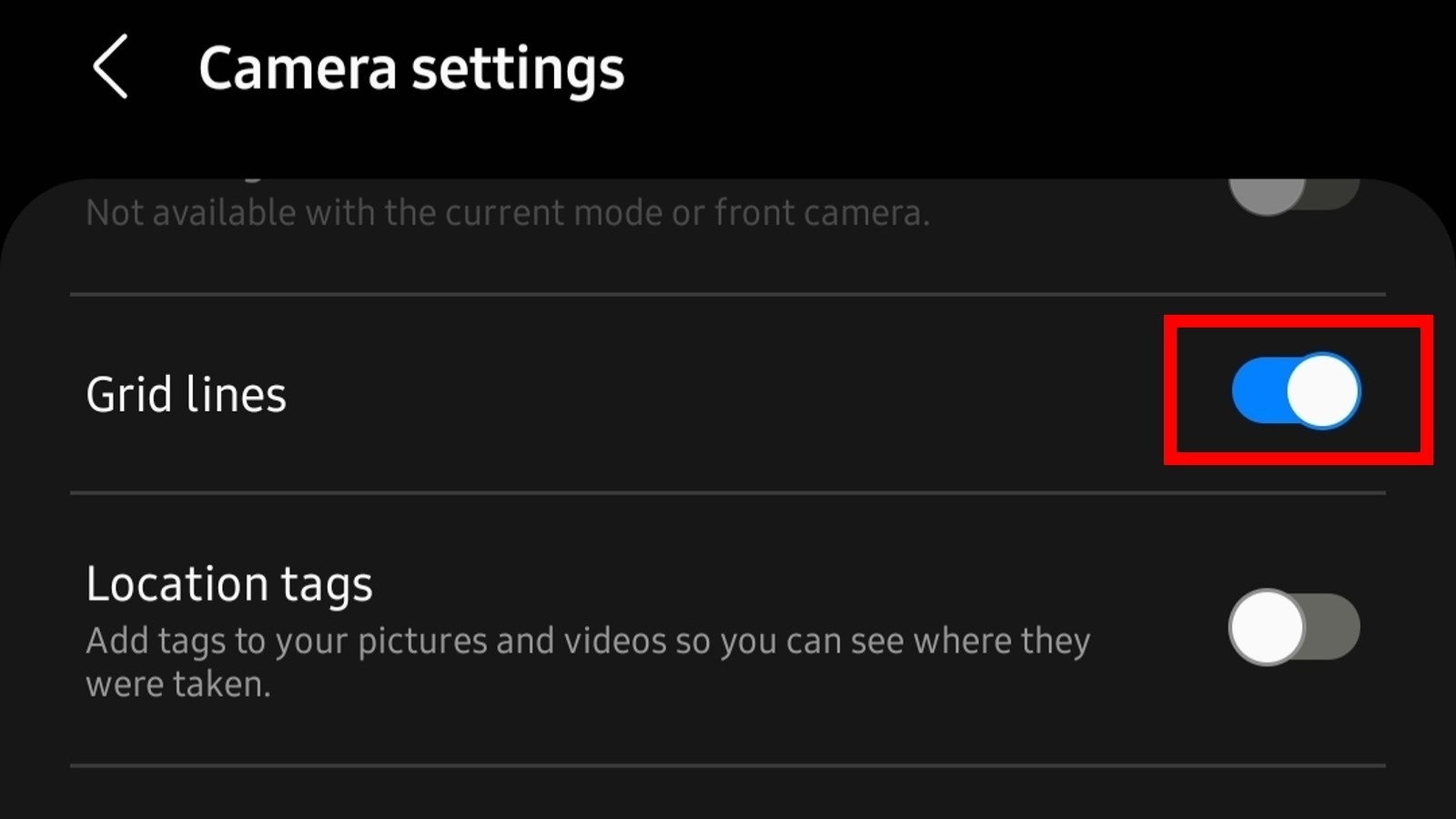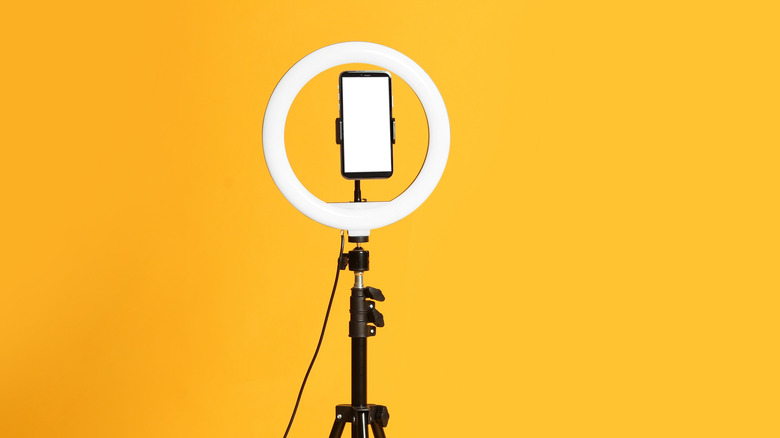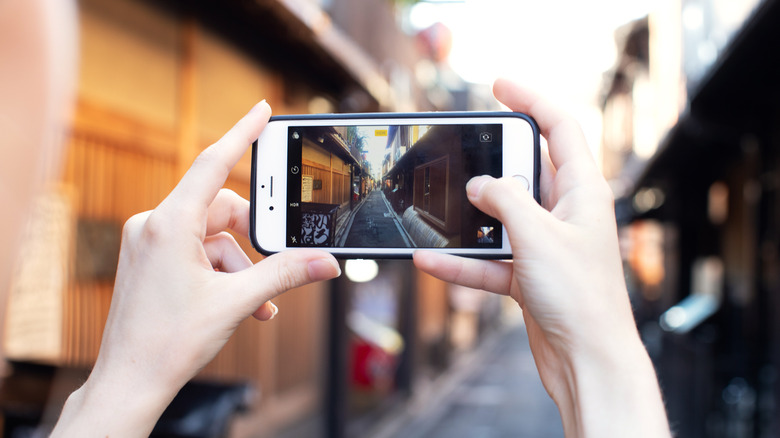How To Take The Best Smartphone Photos
In the past, doing photography on cell phones was something unheard of. Cameras on old phones were pretty sub-par, resulting in pixelated and blurry pictures. However, mobile camera technology has come a long way since then, and the photography done on many smartphones today could rival that taken on some of the more professional cameras out there. Getting good quality photos of this caliber is something anyone can do, too, if they keep some techniques in mind and have some inexpensive equipment on hand.
Some people rely entirely on their smartphones for photography, preferring them over point-and-shoot digital cameras and, in some cases, even over bulkier and more expensive DSLR and mirrorless cameras. There are some sacrifices being made, though, when it comes to the number of things you can manually control on a smartphone. But, if you like a challenge or don't want to spend an enormous amount on a camera, smartphone photography could be right up your alley. Here are some things to keep in mind during this venture to get the best photos possible.
Find natural lighting
Finding sources of natural light and knowing the techniques to use natural lighting can really up your photography game. Try and find places where the sun is shining indirectly to get some soft lighting. Direct sunlight can cause the lighting in your photos to look too harsh, but you can use HDR there (more on that later) to work with it. If you're shooting on a day that is dark and dreary, you could increase the exposure when editing the photo to get more visual appeal with lighting.
Another thing to keep in mind is the best times of day to get photos. Typically, very early in the morning, mid-day, and just before night are the best times to take photos. The so-called golden hour is well-known by photographers as the time just before the sun is setting and just after the sun is rising when sunlight gives off a more diffused, hazy effect (via Adobe.) It's the perfect lighting for evoking emotions in your photo.
In most cases, you want to avoid using your phone's flash for photography; it can cause photos to look washed out and sometimes overexposed. Of course, there is a time and a place for everything, so don't feel like you can't experiment with flash to get some different effects.
Use the rule of thirds
The rule of thirds is a technique used in photography to make your photo look visually pleasing. The rule uses a grid with three lines placed equidistant horizontally and three lines vertically, cutting the scene into thirds both ways. Our eyes naturally gravitate to areas where these lines intersect, according to Adobe. Placing a subject at any of these points or aligning scenery with them can result in a very eye-pleasing photo.
These grid lines can actually be turned on when using iPhones, as well as on some Android phones. To turn the grid on in the iPhone camera app, open Settings and tap on Camera, then go to the Composition section and turn on Grid by tapping the slider. On Samsung Galaxy smartphones, meanwhile, you can also use grid lines by opening the Camera app, tapping on the settings icon, then tapping on Grid Lines to use them. You can then easily line photos up to the points of interest.
On Android smartphones, the exact method used to turn on grid lines may vary slightly from the Galaxy instructions, as many manufacturers tweak the UI and may place the feature in different menus.
Use a smartphone tripod
Today, many companies produce tripods designed specifically for smartphones, or with extra mounts that can be used with them. Keeping still while taking a photo can be a difficult ordeal, and a tripod helps immensely with this. By using a tripod, you'll get nice, clear photos without as much effort; this is particularly important if your phone's camera lacks optical image stabilization. There are plenty of inexpensive smartphone tripods available, but you can also make some DIY ones with objects around the house, as CNET demonstrates. These may not hold up well enough in every kind of environment but will work if you're in a pinch.
To use a tripod designed for a smartphone, it should come with a mounting plate that allows you to place your phone inside. From there, you can set it onto the top of the tripod. Depending on what kind you bought, you can also raise or lower the tripod to achieve different effects. Getting very high or low angles on a tripod is also much easier, and it can also help when taking timed photographs.
Turn on the camera's HDR setting
High Dynamic Range (HDR) is a great setting to use in extreme lighting conditions. This feature will take multiple photos with different levels of exposure, and then piece them together so you have one comprehensive photo with the different exposure levels, as explained by Tech Terms. This can help if there are areas of your photo are appearing too bright or too dark. Phones have both auto-HDR as well as the ability to turn HDR on or off manually.
To do this on iPhone, go to the Settings app and tap on Camera. Scroll all the way down and turn on the slider for Smart HDR to use auto-HDR. If you want to turn HDR on or off manually, you can do this while in the Camera app by tapping on HDR in the top right corner. Not all Android phones support HDR, so it's best to look up your model to find out if it does.
